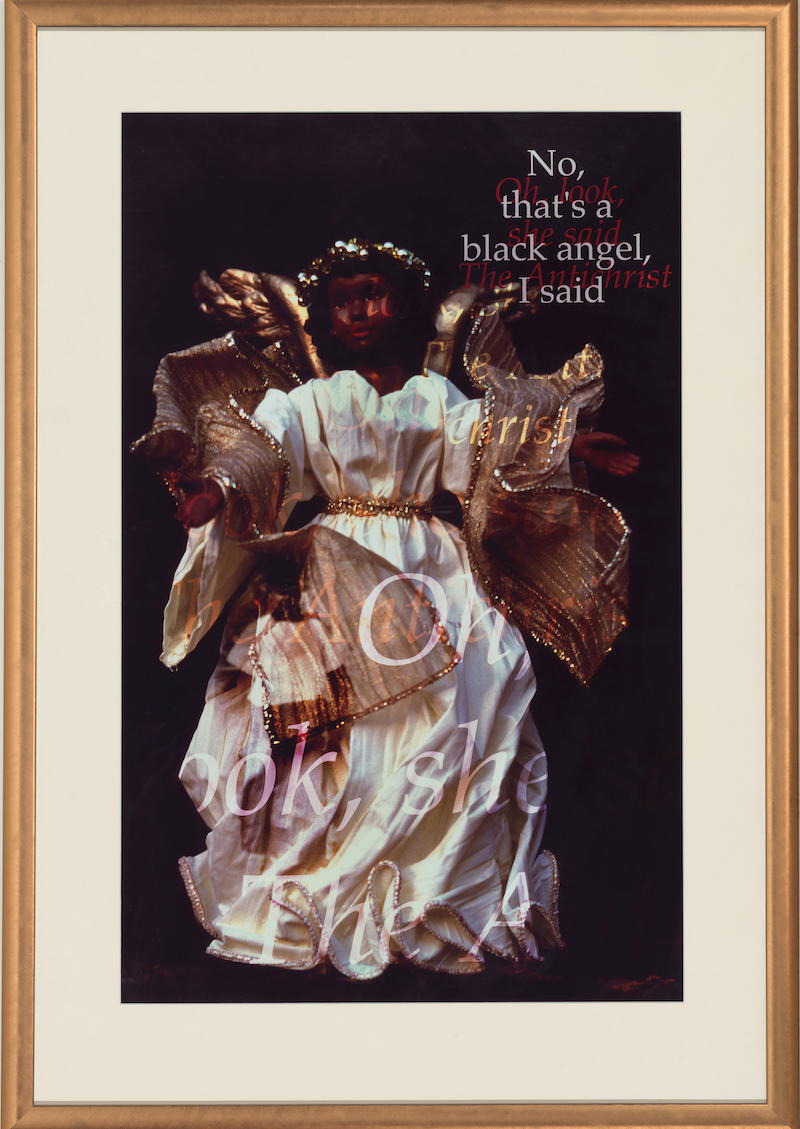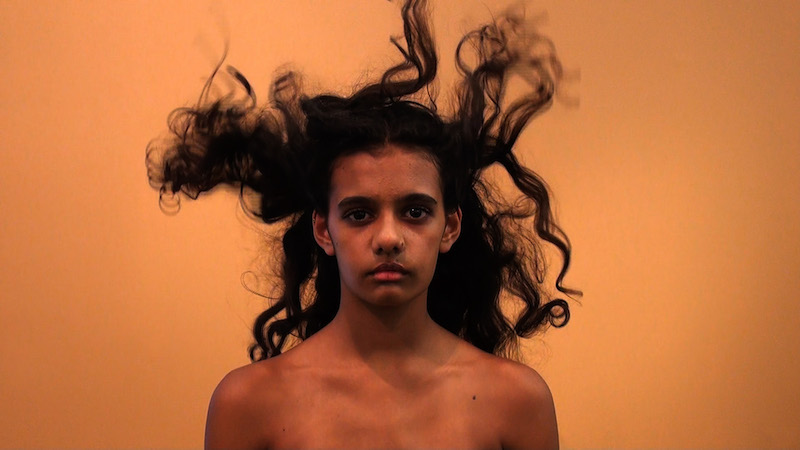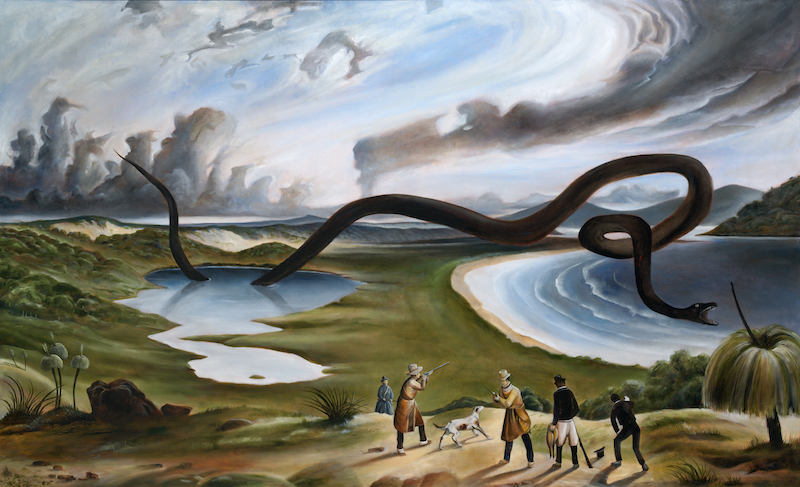A collaboration between me Collectors Room and the National Gallery of Australia has resulted in the pivotal exhibition, ‘Indigenous Australia: Masterworks from the National Gallery of Australia’. The extensive exhibition will feature artworks from First Nations artists that range from iconic traditional works to contemporary practice in Australia today. As early as the 1930s, many of the artists became political and began to utilise a wide variation of media and styles to voice land rights and ownership, with the themes of nature, land, community, and spirituality remaining integral throughout. Franchesca Cubillo, the NGA Senior Curator of Aboriginal and Torres Strait Islander Art, worked closely was approached by me Collectors Room in the context of the ‘Australia Now’ program in Germany, to share with a global audience the history, contemporary issues and talents of one of the ‘oldest, richest and most complex’ cultures in the world. Berlin Art Link spoke with Cubillo leading up to the opening at me Collectors Room in Berlin.

Brenda L. Croft: ‘Oh look the Antichrist’, 1998 // National Gallery of Australia, Canberra © VG Bild-Kunst, Bonn 2017
Kimberly Budd: The Indigenous Masterworks from the National Gallery of Australia is the largest collection of Indigenous art worldwide. Could you speak to us about the process of the NGA in attaining these artworks over time? What mediums are within the collection and what dates does the collection span?
Franchesca Cubillo: For us, the NGA, our role is to acquire the very best of Aboriginal and Torres Strait Islander Art from across Australia, but we also have a responsibility to acquire works across time. Within Australia, there are many hundreds of different nations of Indigenous people and therefore we need to acquire works of art that showcase this diversity. In the exhibition, every medium is represented: we have paintings on bark with natural earth pigments, we have acrylic paint on canvas, we have digital and new media, we have glass works, we have sculptures and installations, we have photographic works, we have illustrated works on paper, and drawings. The NGA’s earliest works are from the 19th century through to contemporary works today.

Christian Thompson: ‘Heat’, 2010, (video still) // National Gallery of Australia, Canberra © courtesy of the artist and Sarah Scout Presents, Melbourne
KB: Has the NGA always worked with Indigenous curators and advisors when dealing with the collection? Can you tell us a bit about your position as an Aboriginal and Torres Strait Islander Curator and Educator: why is this position important when dealing with these works and their histories?
FC: In the beginning, the NGA worked with non-Indigenous curators and advisors when acquiring these works, but today the NGA employs Indigenous curators and works closely with the artists. My role is multi-faceted in that I have a cultural responsibility to my community to ensure their works of art are acquired, stored, and displayed in a culturally appropriate manner. Equally, I have an obligation to communicate with non-Indigenous people the rich diversity of Indigenous peoples’ art and the cultural framework in which the art originates.

Mick Namarari Tjapaltjarri: ‘Untitled (Rain Dreaming at Nyunmanu)‘, 1994 // Courtesy National Gallery of Australia, Canberra, © VG Bild-Kunst, Bonn 2017
KB: You have worked with Aboriginal communities in the Northern Territory as well as in the western and eastern Kimberley region, the lower Murray River region of South Australia and parts of north Queensland. What kinds of projects were you engaged in with the communities in these regions?
FC: Many exhibitions, research, acquisitions, are providing professional development and ensuring communities have access to our historical collections.

Christopher Pease: ‘Hunting Party’, 2003 // National Gallery of Australia, Canberra © courtesy of the artist and Michael Reid Sydney + Berlin and Gallerysmith, Melbourne
KB: Through a fellowship you completed an investigative research on the international responses to the repatriation of the ancestral remains of Indigenous nations worldwide. What did you learn regarding the international responses to this? Has this informed your practice?
FC: I discovered that different countries have different responses to the repatriation of Indigenous peoples’ human remains. I traveled to New Zealand, the UK, the USA, and Canada. Each country had responded differently to the Indigenous people of their region. Some countries develop legislation, others implemented policies and some employed Indigenous people to assist their institutions in dealing with this sensitive and delicate situation. Yes, it has made me aware of Indigenous peoples’ priorities at a global level and I have learned that we have much in common and we can also learn from each other.
Exhibition Info
ME COLLECTORS ROOM
Group Show: ‘Indigenous Australia: Masterworks from the NGA’
Exhibition: Nov. 17, 2017 – Apr. 04, 2018
Auguststraße 68, 10117 Berlin, click here for map


























